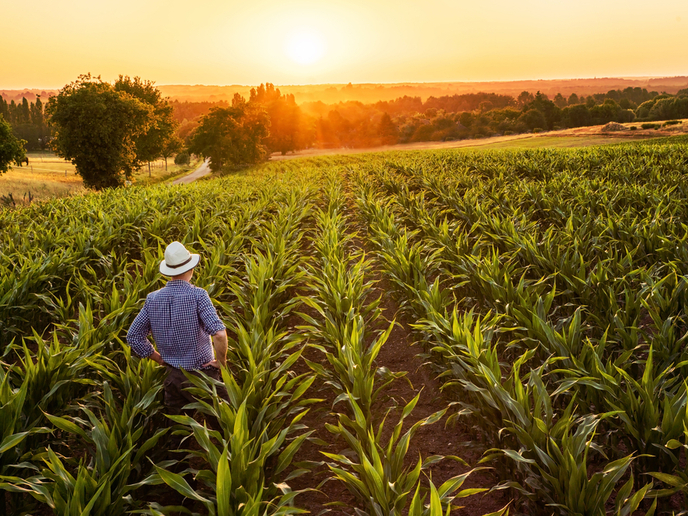Savanna monitoring system helps conserve valuable landscape
A savanna(opens in new window) is a mixed woodland-grassland ecosystem characterised by scattered trees, low-lying shrubs, and a grass understory layer. It is among the most complex, variable and extensive biomes(opens in new window) on Earth, making up around 20 % of its land surface. These water-limited systems are highly sensitive to changes in climate and in management practices, which can modify the ecosystem structure and its long-term functioning. These changes can also influence savanna’s land-atmosphere linkages and regional carbon cycle, in ways still not fully understood. The SWATCH(opens in new window) project addressed this knowledge gap studying how to conserve savanna ecosystems by improving management, productivity, resilience and monitoring ecosystem health. This research was undertaken with the support of the Marie Skłodowska-Curie Actions(opens in new window) programme.
Research at the landscape scale
Researchers used ground measurements and long-term eddy covariance towers that measure and calculate vertical turbulent fluxes within the atmospheric boundary layer to increase understanding of savanna water/energy/carbon fluxes. Field studies were conducted in different sites located in California in the United States, South Africa and Southern Spain. “We needed to consider savannas from two perspectives: as a productive system that feeds a large population and as an environmental one of high natural value and with an impact on global climate processes,” states research fellow Ana Andreu. Project partners also integrated Earth observation data at different scales (from satellites to drones or field level) in process based models to accurately estimate water and carbon exchanges, allowing them to map the ecosystem’s health evolution. In addition, SWATCH advanced an operational information system for integration into decision-making processes over the Spanish productive savanna, known as dehesa(opens in new window). The dehesa is a highly complex savanna-type ecosystem that combines trees and pasture with livestock production. The livestock, usually cattle or pigs, controls the encroachment of bushes, thereby greatly enhancing grass productivity and biodiversity. This form of agroforestry is a practical and low-cost means of implementing integrated land management while facilitating long-term, sustainable rural development, especially for small-scale producers.
Benefits for farmers and ecosystem
According to Andreu: “These landscapes are well adapted to water scarcity conditions and understanding how they cope with water stress is extremely useful in the current context of global warming.” However, this fragile balance, maintained for centuries, is currently at risk, threatening the natural habitat and the rural economy of large regions, as improper stocking rates lead to soil compaction, soil erosion, a lack of vegetation regeneration and an increase in greenhouse gases emissions. The project provided end users with a series of maps that indicate the amount of water consumption, pasture production, tree cover, and areas vulnerable to drought. “When asked, 97 % of end users considered this information helpful for daily farm management, like stocking strategies, with the weekly farm-scale maps as the most useful,” notes Andreu. SWATCH supports sustainable rural development and food security, which are facing an increasingly uncertain future due to a growing population exposed to more extreme climate conditions. “SWATCH can help farmers to adapt to climate change, increasing dehesa profitability through a more efficient use of its natural resources. It also conserves for society the great value of this amazing ecosystem and will inform the strategies and policies supporting its continued survival,” Andreu concludes.







